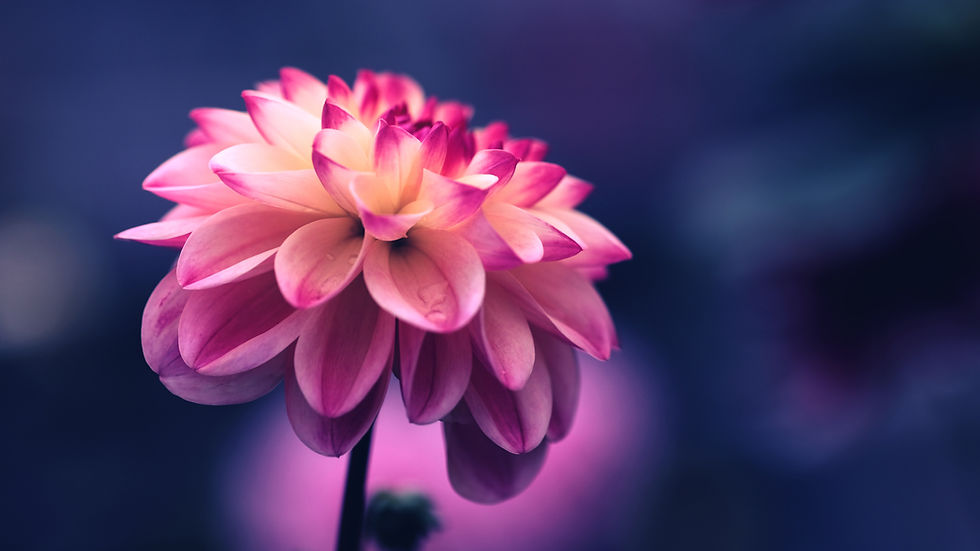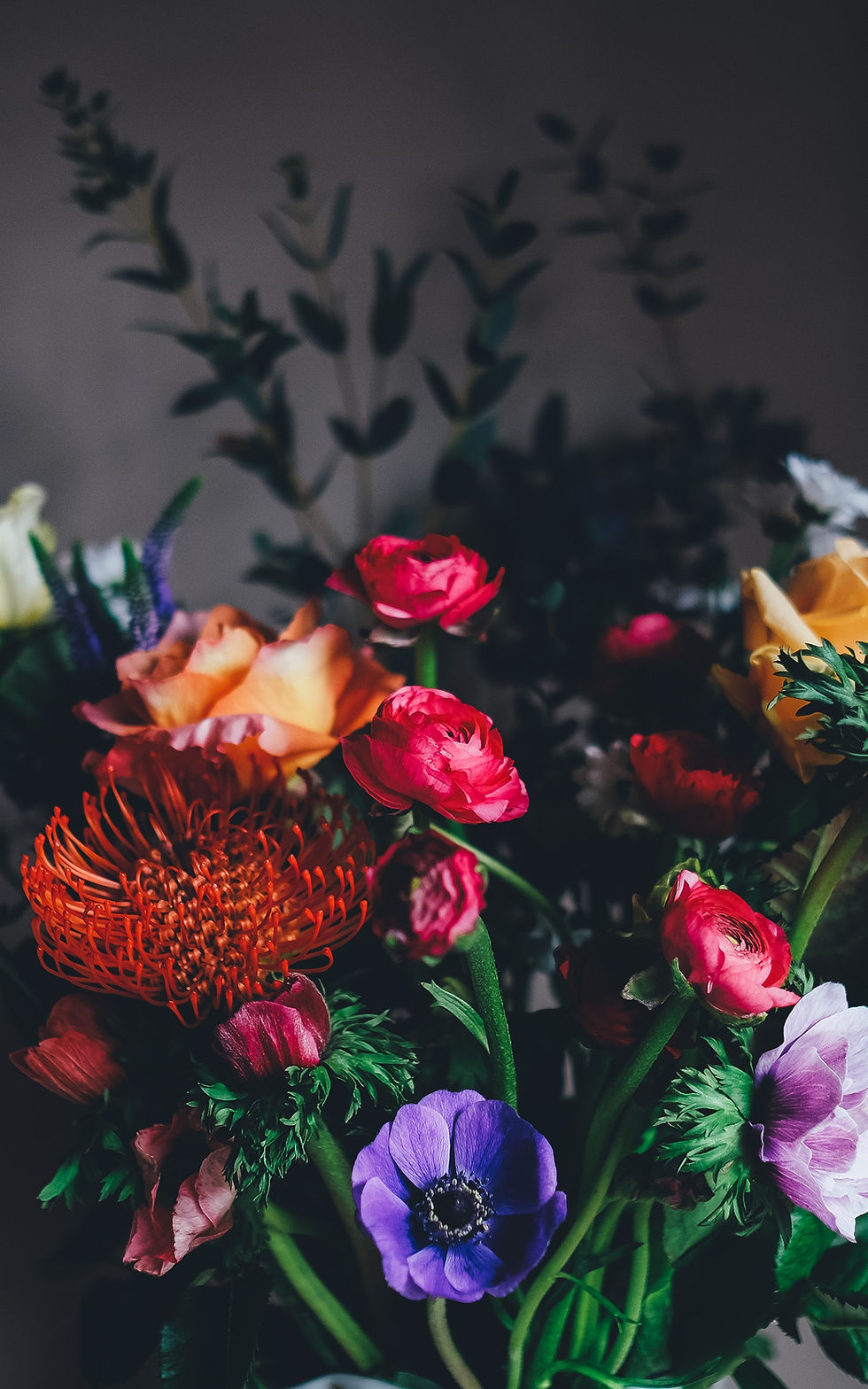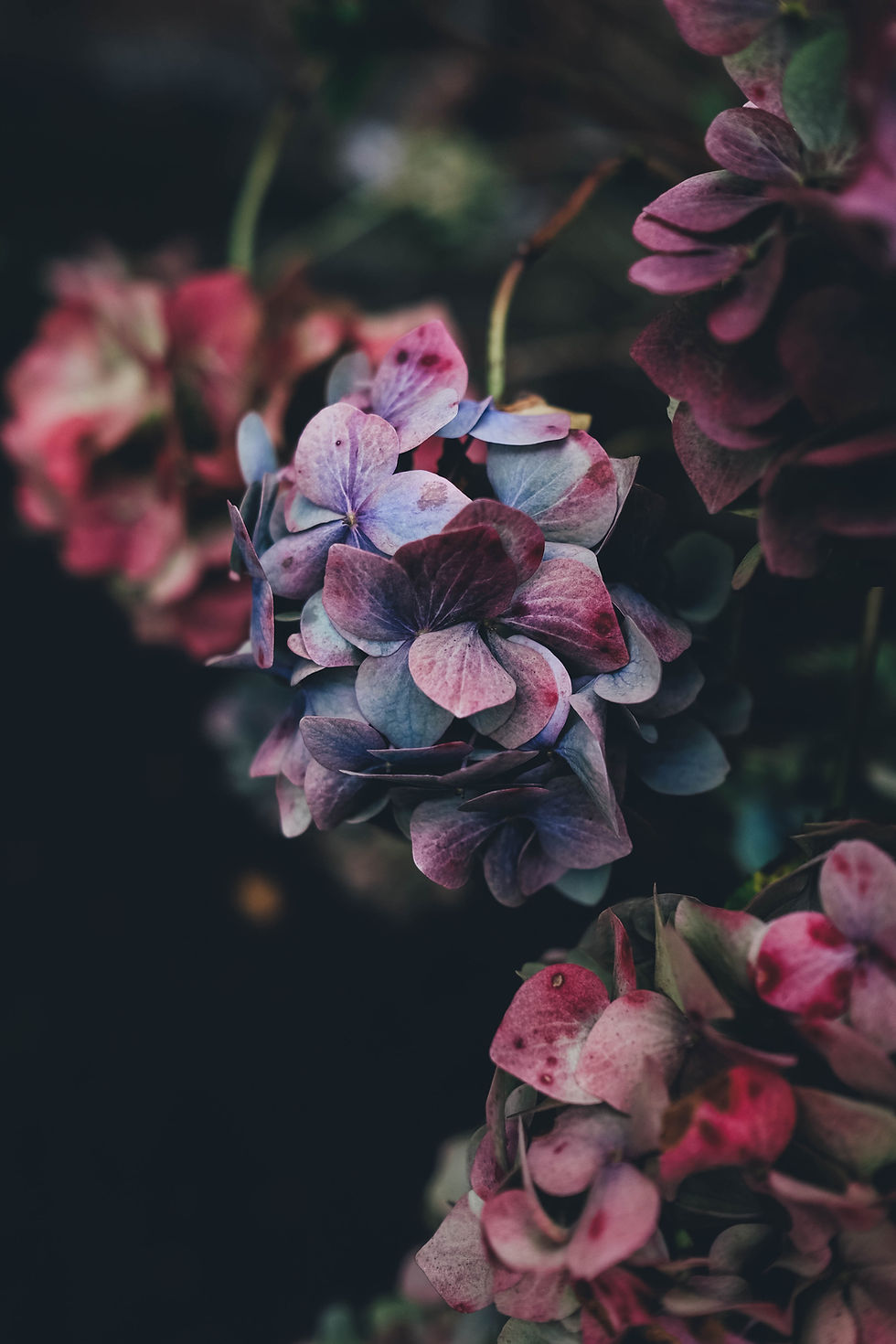
Drying flowers is a wonderful way to preserve the beauty of blooms long after they have faded. Whether you want to create your own potpourri, make resin jewelry, or simply enjoy the delicate petals of your favorite flowers, drying them is the way to go. In this blog, we will explore the different methods of drying flowers, the best types of flowers to dry, and how to care for and store your dried blooms. So, let's dive in and learn how to dry flowers easily!

Preparing Flowers for the Drying Process
Before we delve into the different drying techniques, it's important to prepare the flowers properly. This ensures that they dry evenly and retain their shape and color.

Choosing the Right Flowers
When it comes to drying flowers, not all blooms are created equal. Different types of flowers dry better using different methods. For robust flowers, like hydrangeas, the air-drying method works best. These flowers hold up well during the drying process, and the air-drying method allows them to retain their vibrant color.

On the other hand, delicate flowers, like daisies, dry best using the pressing method. The pressing method results in flat flowers that can be used for various DIY decor projects. When choosing flowers for drying, also consider the shape of the flowers. Flowers with flat petals, buds, or bloom shapes work best with the pressing method. For example, tulips can also be dried using the pressing method, as they have a flat bloom shape.

Importance of Freshness and Quality
Using fresh flowers is key to the drying process. High-quality flowers retain their color and shape better when dried. Avoid using flowers that are wilted or have mold or mildew on them, as these will not dry well. Before drying, remove any petals or foliage that are damaged or discolored, as these can affect the overall quality of the dried flowers. Additionally, the moisture content of the flowers plays a role in the drying time and the quality of the dried flowers. So, choose fresh, high-quality flowers for the best results.

Understanding Different Flower Drying Techniques
Now that we've prepared the flowers, let's explore the different drying techniques you can use to dry flowers easily.

Air Drying Method
The air-drying method is the most traditional way of drying flowers, and it works well for flowers with long stems, like sunflowers or strawflowers. To air-dry flowers, you can hang individual blooms or small flower bundles upside down in a dark place. This can be done by binding the stems together with a rubber band and hanging them upside down for two to three weeks in a cool, dark place, such as an unused closet or laundry room. Air drying allows the flowers to dry naturally, resulting in beautifully preserved blooms. Once the flowers are dry, use a soft brush to remove any unwanted dust or dirt from the petals.

Pressing Method
The pressing method is another popular way to dry flowers, especially delicate flowers like lavender or peonies. To dry flowers in a flower press, place them between parchment paper and place heavy books on top. Leave the flowers pressed for a few weeks, allowing them to dry flat. The pressing method results in flat flowers that can be used for various DIY decor projects, such as flower arrangements, handmade cards, or scrapbooks. It's best suited for flowers that have flat petals, buds, or bloom shapes.

Silica Gel Drying Method
If you want to dry flowers quickly and preserve their shape, the silica gel drying method is the way to go. Silica gel is a moisture-absorbing substance that dries the flowers without damaging the petals. To dry flowers using silica gel, cover the bottom of a container with an inch or two of silica gel, slightly more for larger blossoms. Bury the flowers in the silica gel, making sure the petals are completely covered. Leave the flowers for two to three weeks, until they are completely dry. The silica gel method is best suited for delicate flowers, potpourri, or flowers for resin crafts. This method is especially useful if you don't have much time to spend on drying flowers.
How to Care for and Store Dried Flowers?
Once your flowers are dry, it's important to take proper care of them to ensure they last long and retain their beauty. Store them with a bit of silica gel in the bottom of an airtight container. Keep them in a dry, cool, dark place.

Tips for Long-Term Preservation
To preserve your dried flowers for the long term, you can coat them with epoxy resin or dip them in wax. This will protect the flowers and keep them looking fresh for a long time. Another method for long-term preservation is using silica sand or silica gel, which helps remove moisture and maintain the shape of the flowers. Bundle the flowers together and tie the stems with a rubber band before drying, as this helps to group the flowers and maintain their shape. You can also consider using a flower hanger or coaster as a creative way to display your dried flowers. To maintain the shape and color of the flowers, store them in a cool, dry place, away from direct sunlight.

What are some creative uses of dried flowers?
Dried flowers offer endless creative possibilities! Here are a few ideas to get you started:
Make potpourri: Use dried flowers, along with other aromatic ingredients, to create your own potpourri for a fragrant home decor item.
Create resin jewelry or coasters: Embed dried flowers in epoxy resin to make unique and beautiful jewelry pieces or coasters.
Decorate handmade cards or scrapbooks: Use dried flowers as embellishments for your handmade cards or scrapbook pages, adding a touch of nature to your creations.
Make flower arrangements or wreaths: Arrange dried flowers into beautiful flower arrangements or wreaths, perfect for adding a rustic touch to your home decor.
Incorporate dried flowers into epoxy resin art: Use dried flowers in epoxy resin art, creating stunning and unique pieces of artwork.

Conclusion
Learning how to dry flowers is a simple and rewarding process that allows you to preserve the beauty of your blooms for years to come. Whether you choose to air dry, press, or use silica gel, the key is to start with fresh, high-quality flowers. Once dried, it's important to care for and store them properly to maintain their color and shape. The possibilities for using dried flowers are endless - from crafting beautiful wreaths and arrangements to adding a touch of nature to your home decor. So why not give it a try? Start drying your favorite flowers today and unleash your creativity with these timeless beauties.

Get Preserved Flowers and Supplies to Make Your Own!



Comments